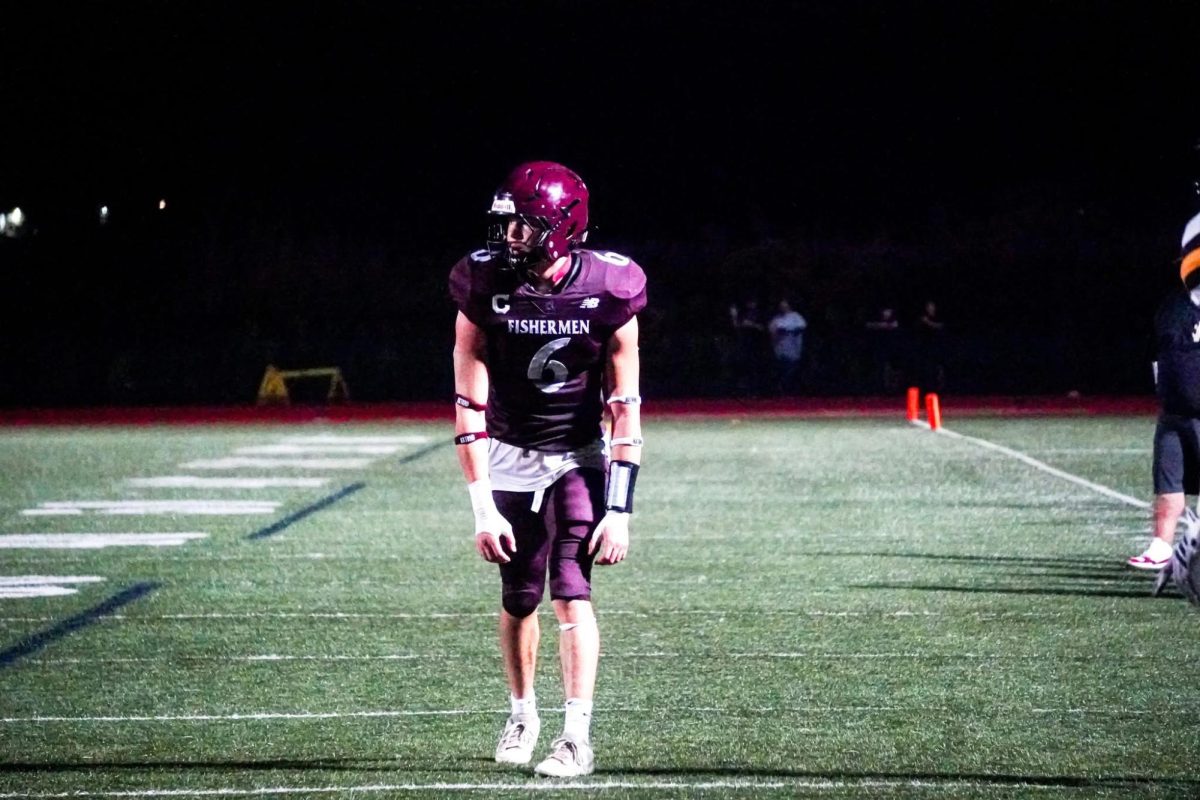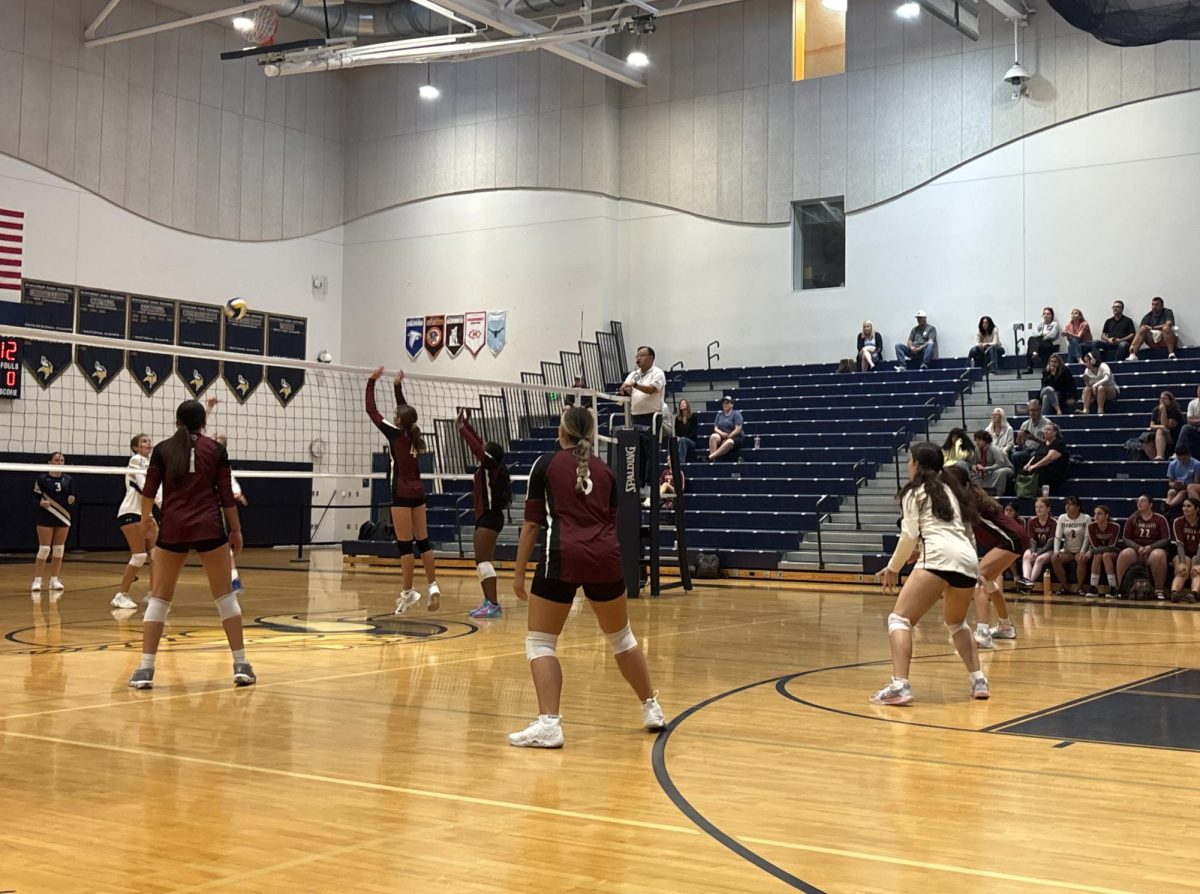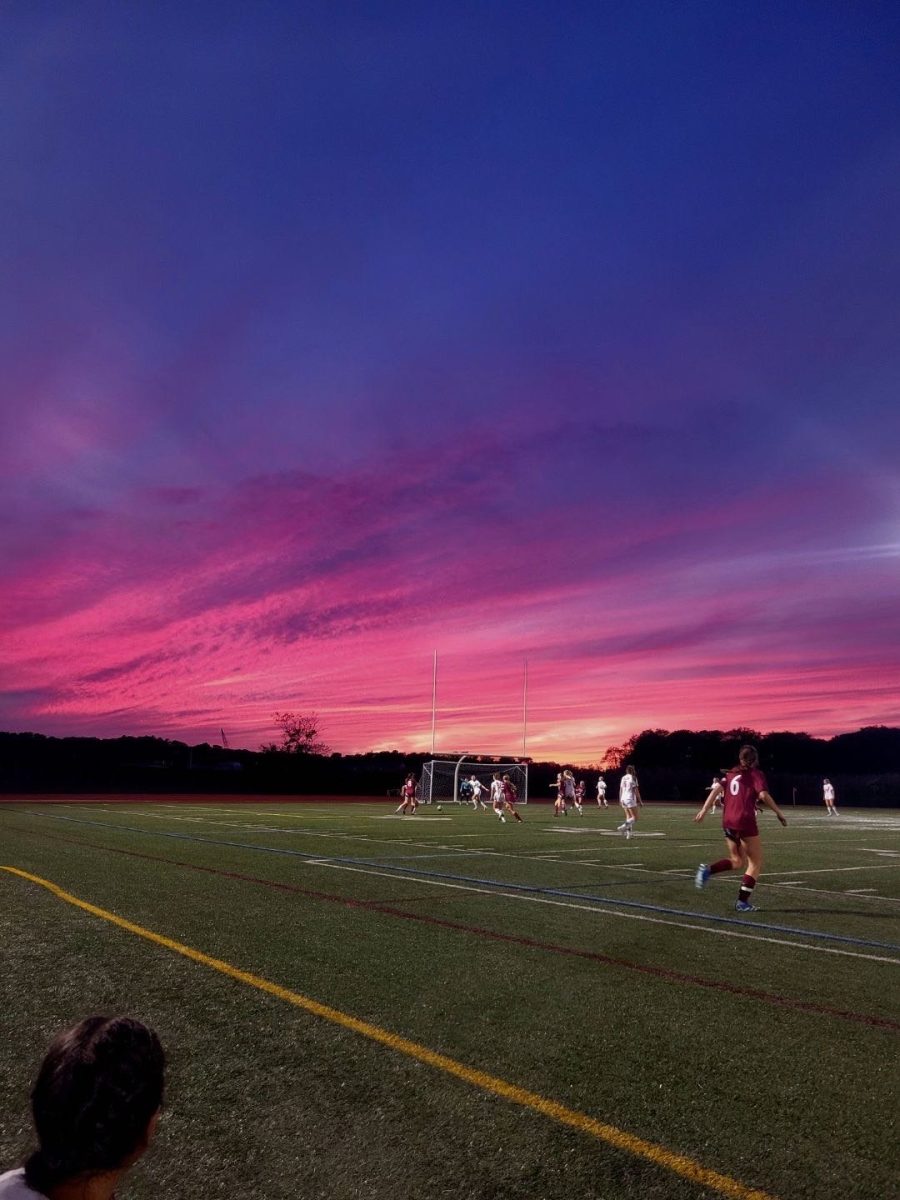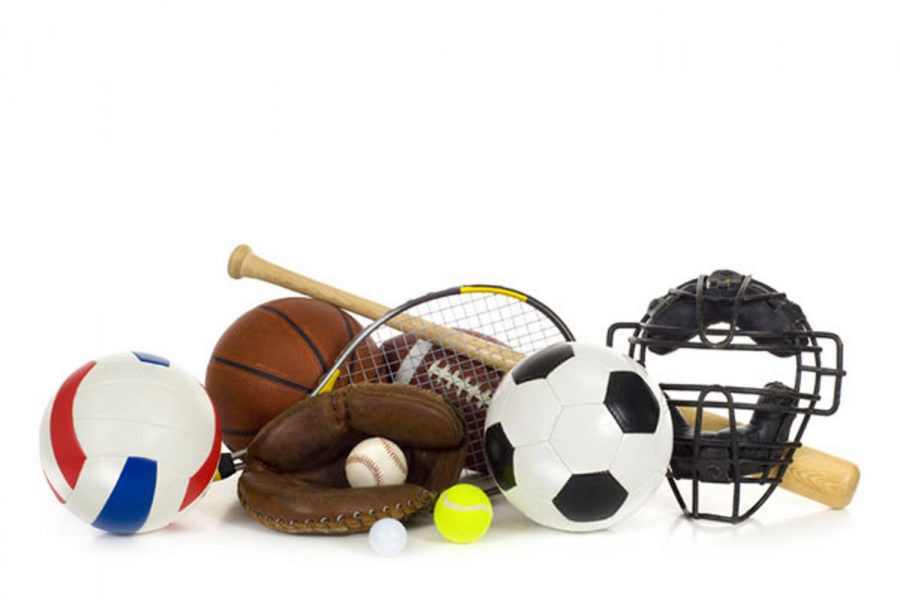Paying to Play: The cost of high school athletics
March 28, 2019
Sports have long acted as a great equalizer. The concept that hard work and personal achievement earn respect is one of the greatest appeals of athletics. Perseverance and teamwork strengthen bonds between people, and being part of a team is a rewarding and fulfilling experience.
Changing times have led to change in the way high school sports programs are run. Student athletes are required to pay a user fee for each sport they play. And, for some, it isn’t cheap.
“The majority of our programs have a $200 user fee,” said GHS Athletic Director Bryan Lafata, “there are a few others that have a slightly cheaper fee.”
Gloucester is not alone in this. Nearly every school in the Cape Ann area implements user fees for sports programs- many even exceed Gloucester’s standard $200.00.
“To run programs is expensive. The user fee only covers a small part,” explained Lafata, “The budget is made by city officials and has to cover equipment, coaches, insurance costs, meet and tournament fees, field maintenance fees, uniforms, etc.”
Inflation only compounds this problem. Covering costs is becoming more difficult as the price of goods and services increases.
According to Lafata, “Even rates for just having an official have increased.”
There may be nobody to blame, but the problem remains that many students struggle to pay. Those who qualify for free and reduced lunch automatically receive aid. For those who do not qualify, but still require monetary support, the school offers scholarships working in tandem with the Gloucester Fisherman Athletics Association.
“We work directly with families,” Lafata explained, “In the past we’ve relied on the John John Nicastro Fund (to provide scholarships), as well as community service options to pay off fees.”
Despite this wide variety of options, some students remain unaware that these resources are available. And even for those who do, money can be a sensitive topic. Students or their families may be embarrassed to advocate for themselves and request assistance.
“We’ve had only a few kids apply for aid, but we do have quite a few outstanding fees. That could be a situation where the family is embarrassed,” Lafata said.
Unfortunately, data suggests the there is a substantial number of GHS students who reside in that position. Many who fall in this financial in between often sacrifice their own time and money in order to participate in programs that their peers can join without concern for funds.
In an anonymous survey, 205 GHS students reported their experiences with financial aid and sports. 17 percent reported that they receive financial aid to help them pay their user fees. Of the the 83 percent who do not receive aid, a quarter reported that the fee puts some sort of strain on their family.
When asked the nature of these challenges, answers were relatively consistent. Most reported that they had multiple siblings in the system, and fees built up. Many also said that asking their parents for money was awkward, or that it took multiple tries to convince their parents to pay. Seven percent claimed that their families were completely unable to pay, and 20 percent of students who struggle to pay reported paying the fee from their own pockets.
In accordance with these statistics, 14 percent reported that money played a role in their decision not to join a team. And almost 40 percent of all GHS students say that they know somebody for whom the cost of sports acts as a barrier for participation.
In the end, it’s clear that the cost of athletics poses a challenge. But for the moment, it remain a necessary evil. As one responder put it: “I feel that costs are high and might be a struggle for some families. But as a player I also can understand where the money is going.”
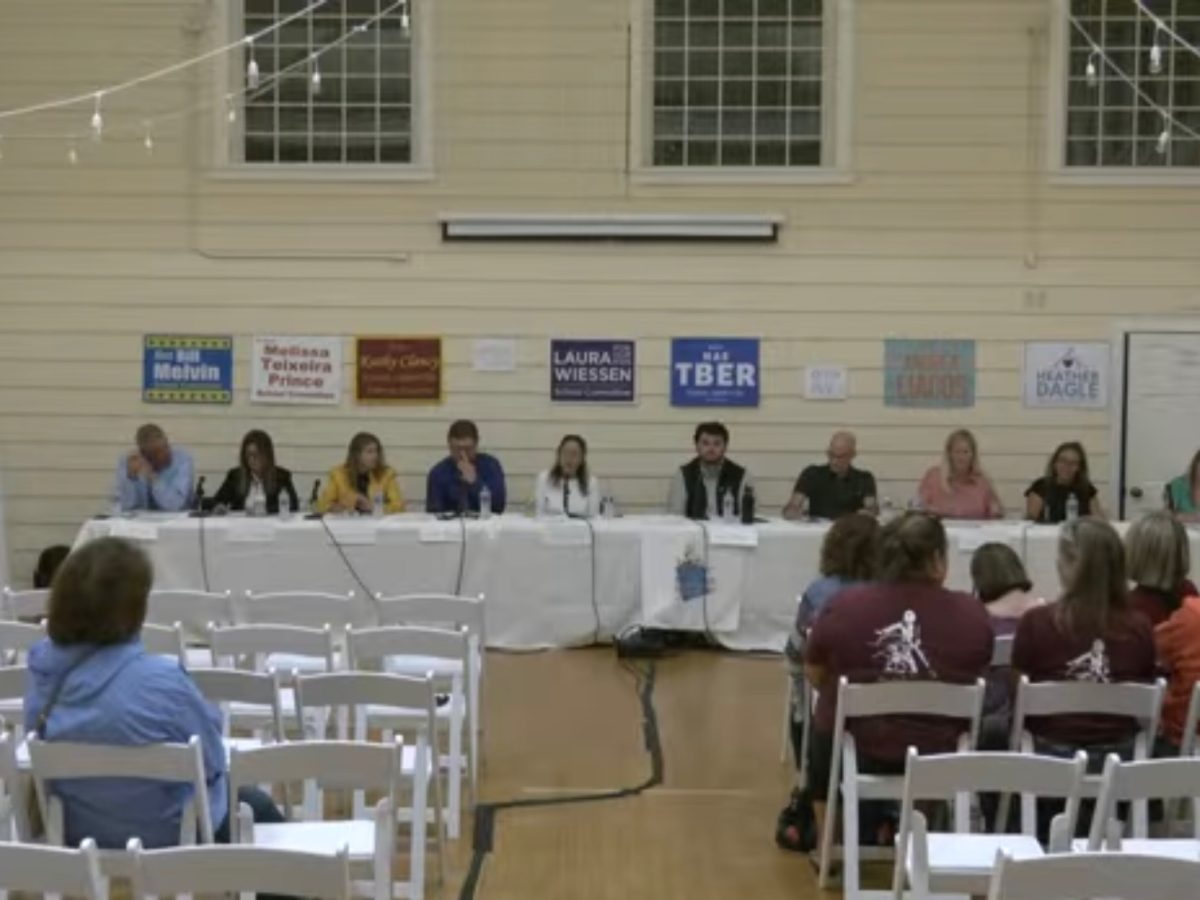
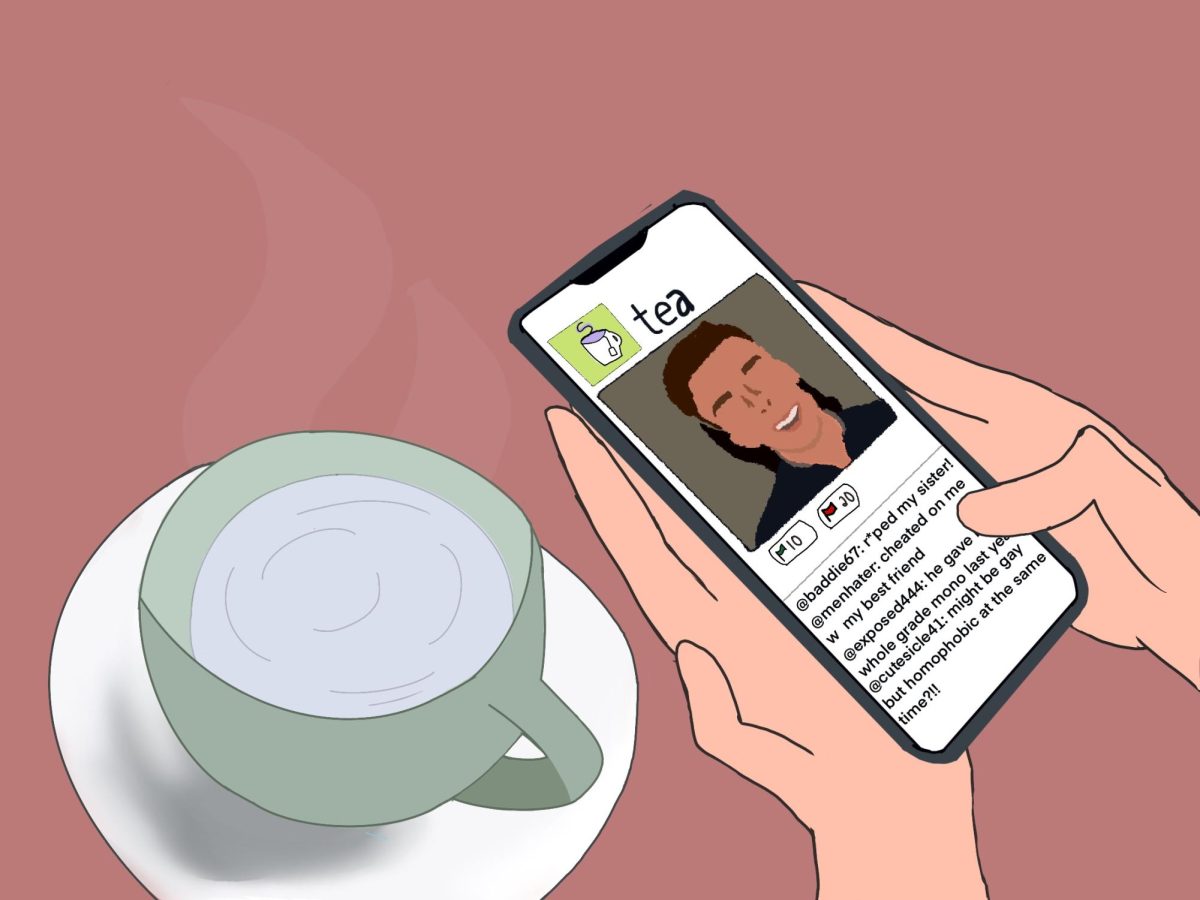


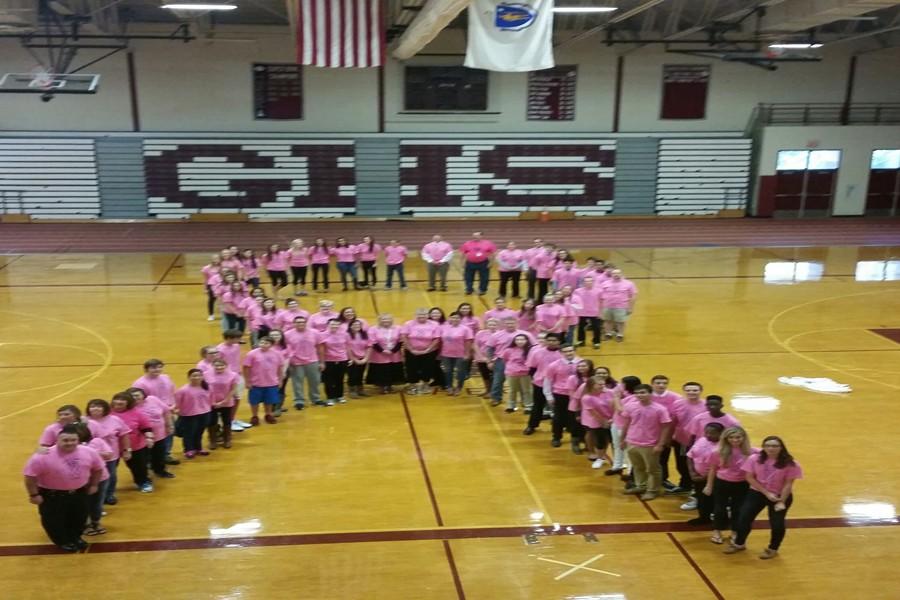






![The GHS/MERHS senior cross country runners pose together on Senior Night. [Photo courtesy of Manchester-Essex Athletics]](https://thegillnetter.com/wp-content/uploads/2025/10/Screenshot-2025-10-10-at-11.18.29-AM.png)
